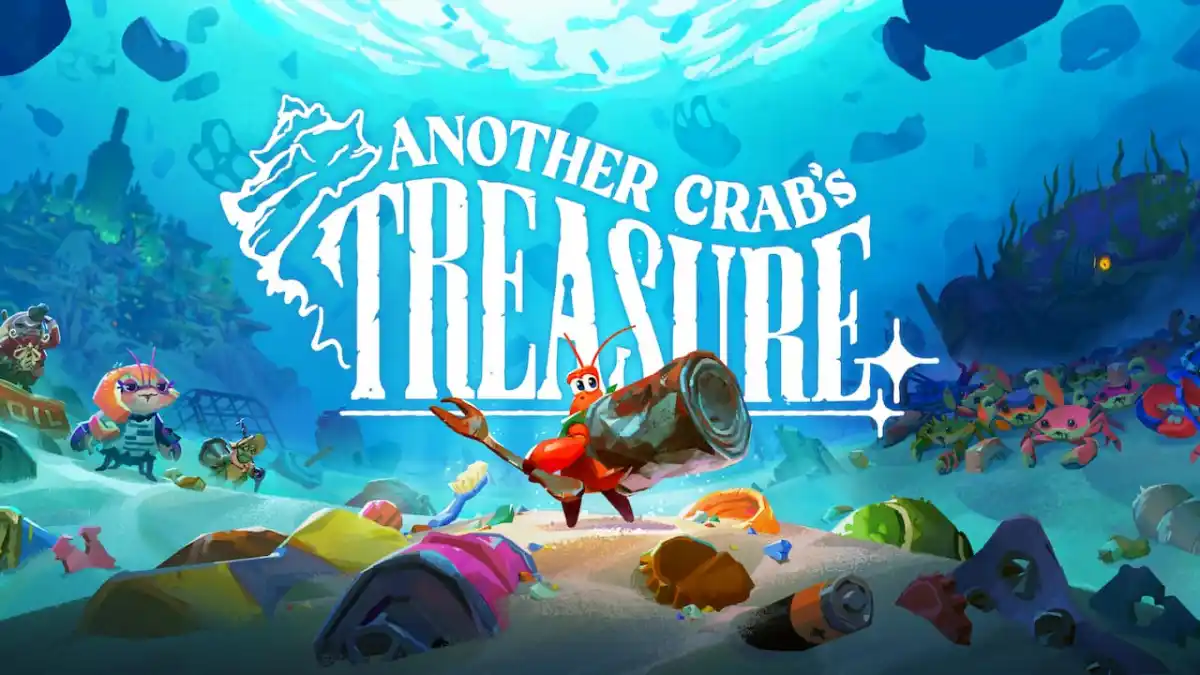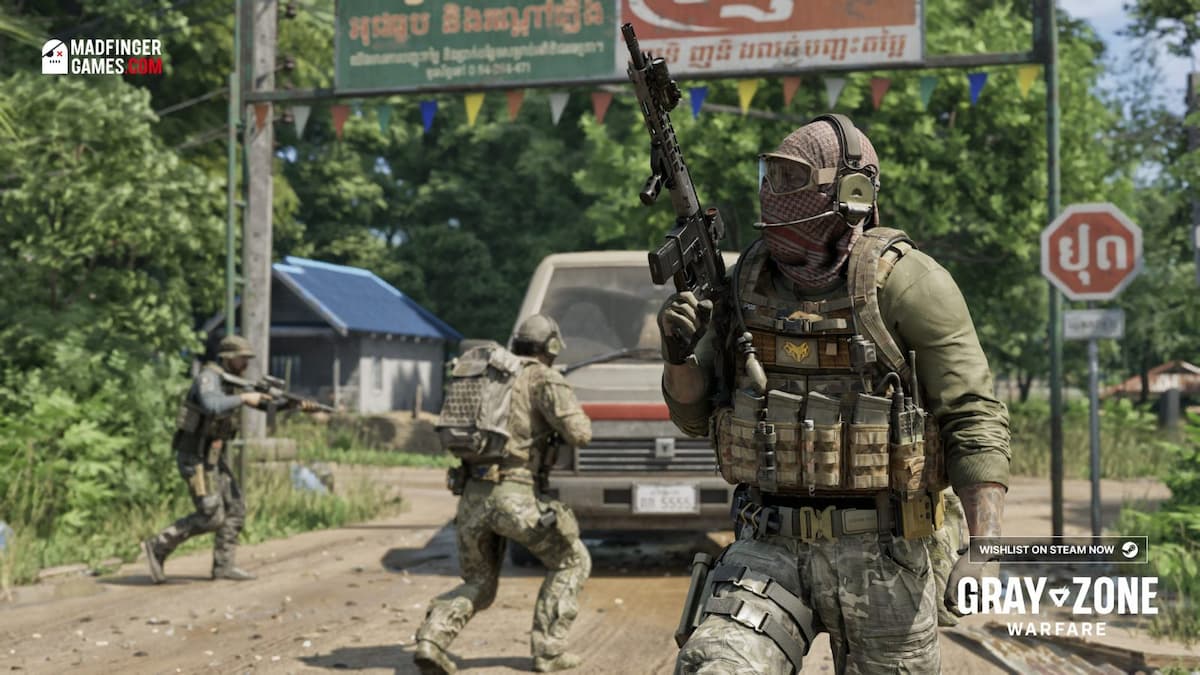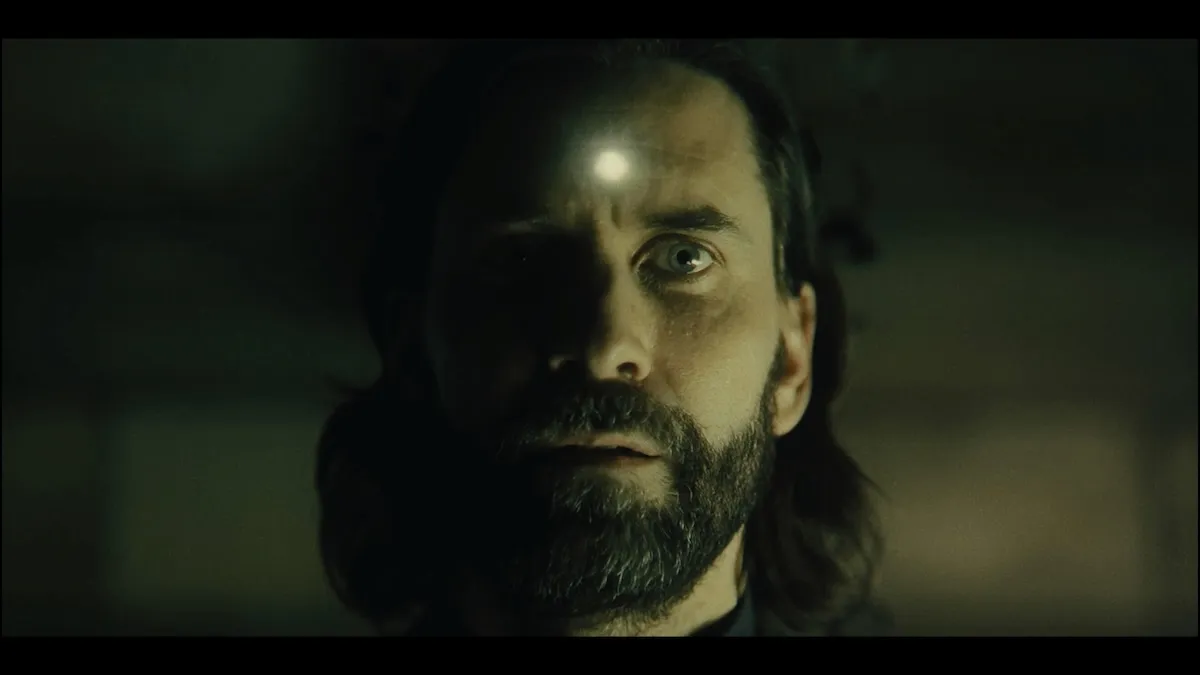It has been nearly two months since Nintendo unveiled the 3DS Slide Pad Expansion (Circle Pad Pro in the West). Despite the initial cries of “Nubageddon,” the fervor has since died down, allowing everyone to reflect upon the news with an open mind and clearer perspective. Some have concluded that this move is proof that the 3DS hardware was rushed to market, whereas others have dismissed it as just another peripheral that will soon join the ranks of the Super Scope, e-Reader, and Wii Balance Board.
I have drawn a completely different conclusion, however. In attempting to rationalize the absolute necessity of a second pad for Nintendo’s latest handheld, I broadened my scope to include the very concept of the dual-stick controller. What has the second analog stick brought to the table? Why has it become a staple of console gaming? What gaming experiences would be impossible without it?
The truth is that I simply see no real justification for the Circle Pad Pro’s existence. In fact, I believe the dual-stick controller is a stopgap that has overstayed its welcome.

[Image from Don Hertzfeldt’s Anesthetics comic strip]
Allow me to offer some insight into my personal gaming sensibilities.
I am a very precise and calculating person — extremely meticulous and borderline neurotic. I am a strong proponent of that old proverb, “A place for everything and everything in its place.” I keep my room tidy and my work space organized. Hell, I even like to line up my pens so that their lengths run parallel to the edge of the desk. Whenever I see a neighbor’s garage so cluttered with junk that cars cannot actually be parked inside, I get a little antsy. That’s the kind of crazy I am.
Naturally, this behavior carries over into hobbies such as gaming. I have an issue with what I consider controller bloat — the need for manufacturers to add more and more functions to input devices regardless of logic, necessity, and ergonomics. Despite the abundance of available options, some devs still don’t have enough space to map all their “needed” commands.

If you want a good example of a nonessential controller addition, consider the “select” button on the Nintendo Entertainment System. That thing was so utterly useless that devs opted to remove functions from elsewhere in order to give “select” something, anything to do. Remember how many “player select” or “password” screens could only be navigated by pressing “select” rather than the directions on the D-pad? Then once the game began, “select” was never used again? Please tell me I wasn’t the only person who thought that was six degrees of stupid.
Modern games don’t fare much better, with “select” dedicated almost solely to opening some secondary inventory menu. At the very least, though, the “select” button is an innocuous fixture that doesn’t impede regular play, so I can’t bitch too much about its shortcomings. The same can’t be said of the second analog stick, the inclusion of which does impact game design and play significantly.
No matter how you slice it, the second analog stick was a byproduct of the advent of 3D gaming. Analog control was introduced because three-dimensional space could not be adequately navigated with a simple D-pad. Unfortunately, the addition of depth meant that the previously fixed camera would have to be scrapped in favor of a more dynamic one. This was never an issue with older software, where movement was restricted to single plane and the camera could remain locked on your avatar.

The camera is, without a doubt, one the biggest shortcomings of 3D, free-roaming videogames. It’s kind of difficult to focus on the action when your view is obstructed by a giant box in the foreground or fixated on a featureless rock wall. A complete overhaul of the camera would be required to prevent such scenarios, but devs were still trying to get a handle on player movement in the third dimension. If they couldn’t figure the camera out, they would do the next best thing — give the player direct camera control.
Sony would eventually release a dual-stick version of its PlayStation controller, but Nintendo had already incorporated some of that “second stick” functionality right on the Nintendo 64 controller. The aptly named C buttons allowed players to reorient the camera in Super Mario 64 and other 3D platformers. Sure, there were some serious hiccups, but it was decent solution to the problem… for the time.
Ideally, the camera should not be user-controlled. It was a developer-level issue that had been passed on to the player because the devs couldn’t come up with a decent solution of their own. This should have been a temporary measure until something better came along. How would you feel if whenever you watched a movie, you had to manipulate a device in your hand to find an optimal viewing angle for every scene, all because the cinematographer thought that properly framing the shots himself was too hard?

The kicker is that better solutions exist yet haven’t replaced the “old standard.” Instead of a free camera, Ocarina of Time delivered the innovative Z-targeting mechanic whereby pressing the Z button would fix the camera on the nearest enemy or behind the player when no enemies were present. Then there have been games like God of War that featured cinematic framing and never once asked the players to get their hands dirty. The former example still allows some control freedom while condensing the capabilities to a context-sensitive button, while the latter completely eliminates any obligation on behalf of the player.
At least the N64’s C buttons had the benefit of being actual buttons in games that didn’t require camera control. This multipurpose flexibility is lost on modern dual-stick controllers where the second stick is effectively a dedicated camera crane. Yes, there are a few games that find alternative jobs for the stick to perform, but I’d hardly call them the norm. When one-off devices like the EyeToy or MotionPlus get derided for their lack of use outside of a handful of titles, I see no reason why we can’t level the same complaints against a controller feature that’s so rarely exploited beyond a function that I doubt anyone truly enjoys.
Doesn’t it bother you that, in order to operate the stick, you have to remove your thumb from the main button panel since you can’t operate both at the same time without adopting some unorthodox, claw-like controller grip? Is this actually a welcome function in any game, or is it a burden that we begrudgingly accept because, by golly, that’s how it’s been done for over a decade? We’ve fallen into the trap of accepting mediocrity simply because we aren’t accustomed to anything else.
I am disgusted that many modern games still suffer from the same pitfalls that annoyed players back on the friggin’ N64. Know who’s fault that is? Developers and the hardware manufacturers who cater to their every whim. They aren’t going to step up their game when maintaining the status quo requires very little thought and effort. With the myriad options available to them, devs choose the safe and familiar, an ethic that pervades most branches of modern game design.

I don’t want anyone to think this is just about camera controls, though — this is about failing to capitalize on potential. I’ve played games that made great use of that second stick. One example that immediately pops in my head is the Katamari series, in which you roll your giant ball o’ stuff like it was an RC car with independent left and right wheel drive. But when it comes to gaming, you can’t trust a few sporadic flashes of genius to spark a chain reaction throughout the industry. It’s like a child with a box of LEGOs who can’t build anything unless it’s spelled out in a full-color instruction manual.
Something I have yet to address is the first-person shooter genre. With Call of Duty and its ilk dominating the landscape, console gamers associate dual sticks with FPS more than anything else. I admit that dual-stick shooting controls have been refined over the last decade, but let’s not pretend that they are the end-all and be-all, especially in the face of the superior mouse.
Again, there have been advancements in this area. The Wii Remote and PlayStation Move trump the standard pad in every area when it comes to shooters. The complaints that players have against these alternatives, and the reasons devs haven’t capitalized on them, are fear of needing to acclimate themselves with a new setup and ignorance of motion controls. That Ken Levine pretty much had to be dragged kicking and screaming to implement Move controls in BioShock Infinite, despite the obvious benefits, should demonstrate how little the industry cares about deviating from the norm.

The moment I knew with utmost certainty that dual-stick controls were the tip of a much deeper problem was with the announcement of the Circle Pad Pro. People must have had it in their heads that one of the primary reasons for the PSP’s failure to completely dominate the handheld landscape was its lack of a second analog stick (no, it wasn’t). How else could you explain why they were furious that a second stick wasn’t included on the 3DS from the outset?
If this was such a huge issue, why were people so excited for the 3DS during the E3 10 reveal? The hardware clearly lacked a second stick, yet no one was up in arms. Why raise a stink now? Do people think that crappy software like Bust-a-Move Universe is somehow linked to stick’s omission? Has the 3DS suddenly become an “incomplete” machine, and will every game from here until the peripheral’s release suffer for lack of nub?
I think it’s unfair and extremely shortsighted that anyone can say the 3DS is lacking in control options when it has a stick, a D-pad, four face buttons, two shoulder triggers, a gyroscope sensor, and a touch screen. The touch screen alone offers a wealth of possibilities that makes a second stick much, much more than a bit redundant.

The Circle Pad Pro is being released alongside Monster Hunter 3G, so if any game is be the perfect demonstration of why the add-on is absolutely necessary, this would be it. However, as I’ve observed previously, the game incorporates a variant of Z-targeting, eliminating any need for more direct camera control in most situations. Even if you do need further control, the touch screen offers an easily accessible virtual D-pad — in addition to a map and inventory hot keys. Let’s see a stick pull that off!
I can only see the Circle Pad Pro causing confusion among gamers who believe the existence of this Frankenstein abomination implies that the current controls are ineffectual. Never mind that the original DS has one of the most varied and popular libraries of software of any console ever, a feat which it accomplished without any sticks at all. Naturally, a second stick is imperative.
I can hazard a guess as to why Nintendo designed this peripheral. In an effort to attract the third-party support it so desperately craves, Nintendo wanted to extend an invitation to those devs that refused to make portable software because the control schemes weren’t 100% identical. Capcom may be making a concerted effort to ensure that the default controls are spectacular, but I know there are going to be a few apples in the bunch that are more interested in “relevancy.” A second stick is not needed in any way, shape, or form, and I guarantee that Nintendo was perfectly aware of that but pulled this stunt anyway.

I’m not sold on the idea that just because something has been done one way means we must carry on the tradition. Just because we’ve had two analog sticks on our controllers since the late ’90s doesn’t mean that they must be permanent fixtures in successive generations. The jobs that the second stick performs can be done better — and in some cases have already been done better — by more logical and intuitive means, but the only way for that to happen is for the industry to collectively agree to step out of its comfort zone. Fat chance of that happening, though.
Maybe I’m wrong for wanting more significant changes. Maybe I ought to behave more like a good little Charlie Consumer and accept matters beyond my power. But then I remember how anal retentive I am and I cross my arms in a huff.




